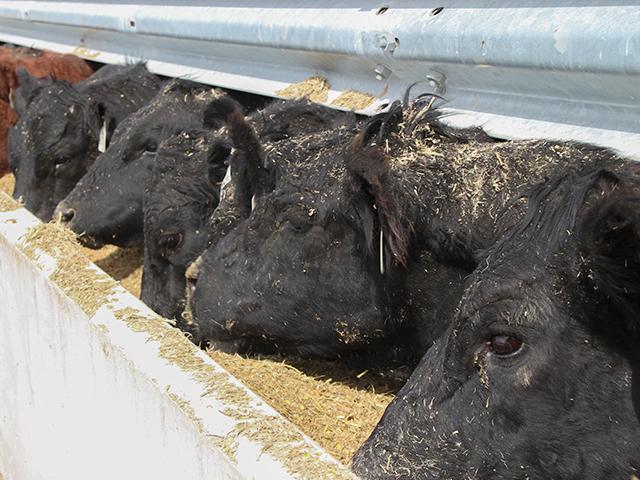
Packers drastically cut last week's throughput in an attempt to regain some footing in the market as strong cash cattle prices have weakened their margins.

Packers drastically cut last week's throughput in an attempt to regain some footing in the market as strong cash cattle prices have weakened their margins.

Given that it's the week of Christmas, it's unlikely that anything significant will develop in the market. Traders will enjoy the shorter week, and packers will run lighter kill schedules.
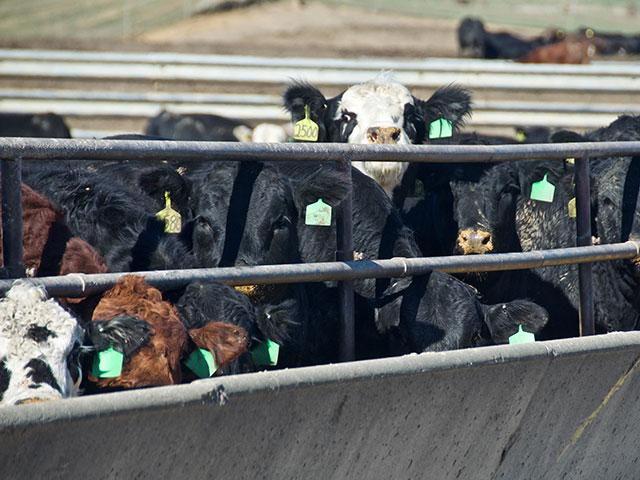
The live cattle and fed cash cattle markets have been on fire lately; but with the Christmas and New Year holidays looming, the market's relentless rally may be paused until after the New Year.

Love them or hate them, participants other than those directly involved with a commodity use futures markets for various purposes. DTN Contributing Canadian Grains Analyst Mitch Miller believes it's better to know as much as you can about the elephants you're dancing with.

The market resistance at $260 is substantial, but so is the cattle market's rally and power right now. If all the stars continue to align, the resistance at $260 isn't unbearable.

The restriction of Mexican cattle imports into the United States, following the detection of a cow in Mexico with New World screwworm, is likely to drive feeder cattle prices sharply higher in the near term.
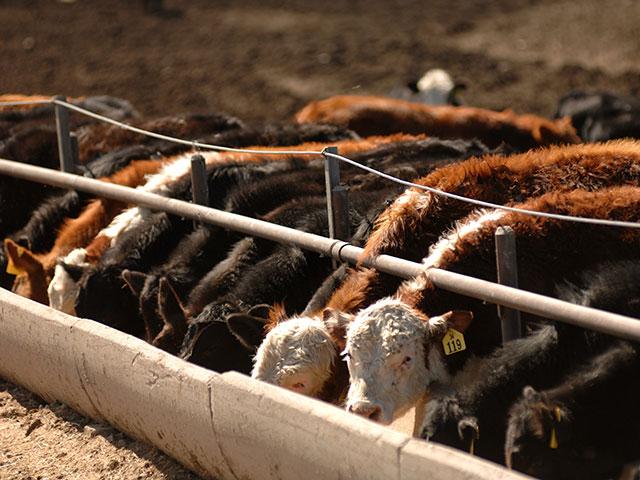
If the analysts who believe Nov. 1 cattle on feed numbers could be 101.3% of a year ago are correct, that could push total numbers above 12 million head, which has only happened 14 times since 2019.

Traders have eagerly supported the cattle contracts lately, but with the fed cattle market's lethargic fundamentals and a Cattle on Feed Report set to be released Friday, trader support could be harder to come by later this week.
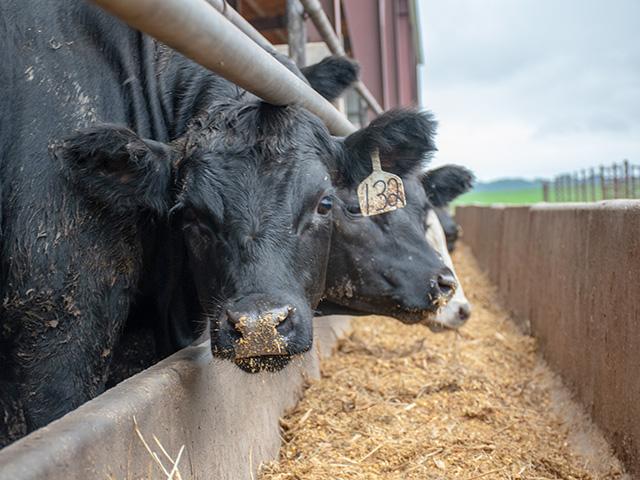
While it may seem logical that after a week of thin movement in the cash cattle market, prices would trade higher the following week as packers need to ensure that they're not short bought, there's more at play for the market to manage than just fed cattle prices.

Fall drought has helped force heifers into feedlots instead of the U.S. breeding herd.

The market's fundamentals are incredible with fed cash cattle prices having traded higher during the past seven weeks and last week's slaughter was the highest number since the first week of February.
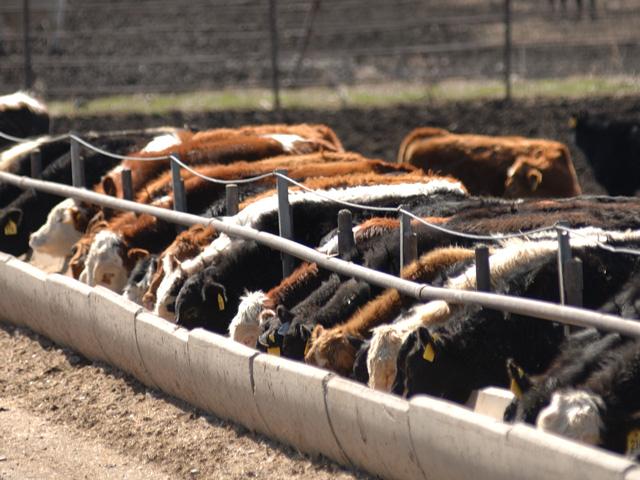
While it's likely the cattle market will trade higher again in the weeks ahead, traders are expected to be cautious as they brace for Friday's Cattle on Feed report.

Feedlot managers can afford to play 'hard ball' and roll some of their showlists over if prices aren't what they desire, but what concerns DTN Livestock Analyst ShayLe Stewart the most about the current market dynamics is boxed beef demand.

Over the last four weeks, feedlot managers have been able to steadily advance the cash market. But with futures up against resistance thresholds, will feedlot managers be able to do it again this week?

Last week's market outperformed what many expected it would do, but if boxed beef prices continue to soften this week, the market could struggle to maintain its rally.

Boxed beef prices, the board's support and throughput will obviously heavily dictate how this week's cash cattle market pans out; but, thankfully, after last week's rallying gust, feedlot managers seem to have a spot at the table where negotiations can at least happen, as...

As the cattle complex has yet to regain its footing in the market, here are some of the bearish and bullish factors to monitor in the week ahead.
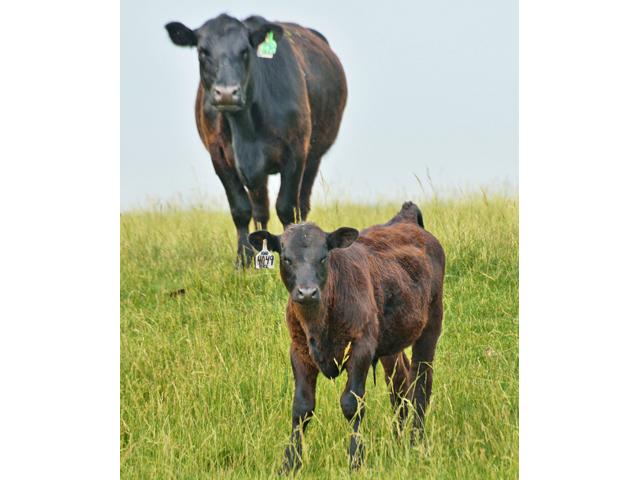
The cattle complex has been challenged since the beginning of July, which has cow-calf producers worried about this fall's market.

Wyoming cattle have died from anthrax, which has led to a quarantine of cattle in a localized area to try to prevent spread of the disease.

Nebraska's governor has signed an executive order banning state agencies from buying lab-grown protein products and create a new rule to add more labels for those products. Three other states have either banned the sale of lab-grown meats or added similar restrictions.
DIM[2x3] LBL[blogs-harringtons-sort-cull-list] SEL[[data-native-ad-target=articleList]] IDX[2] TMPL[news] T[]
DIM[2x3] LBL[blogs-harringtons-sort-cull-list-2] SEL[[data-native-ad-target=articleList]] IDX[5] TMPL[news] T[]